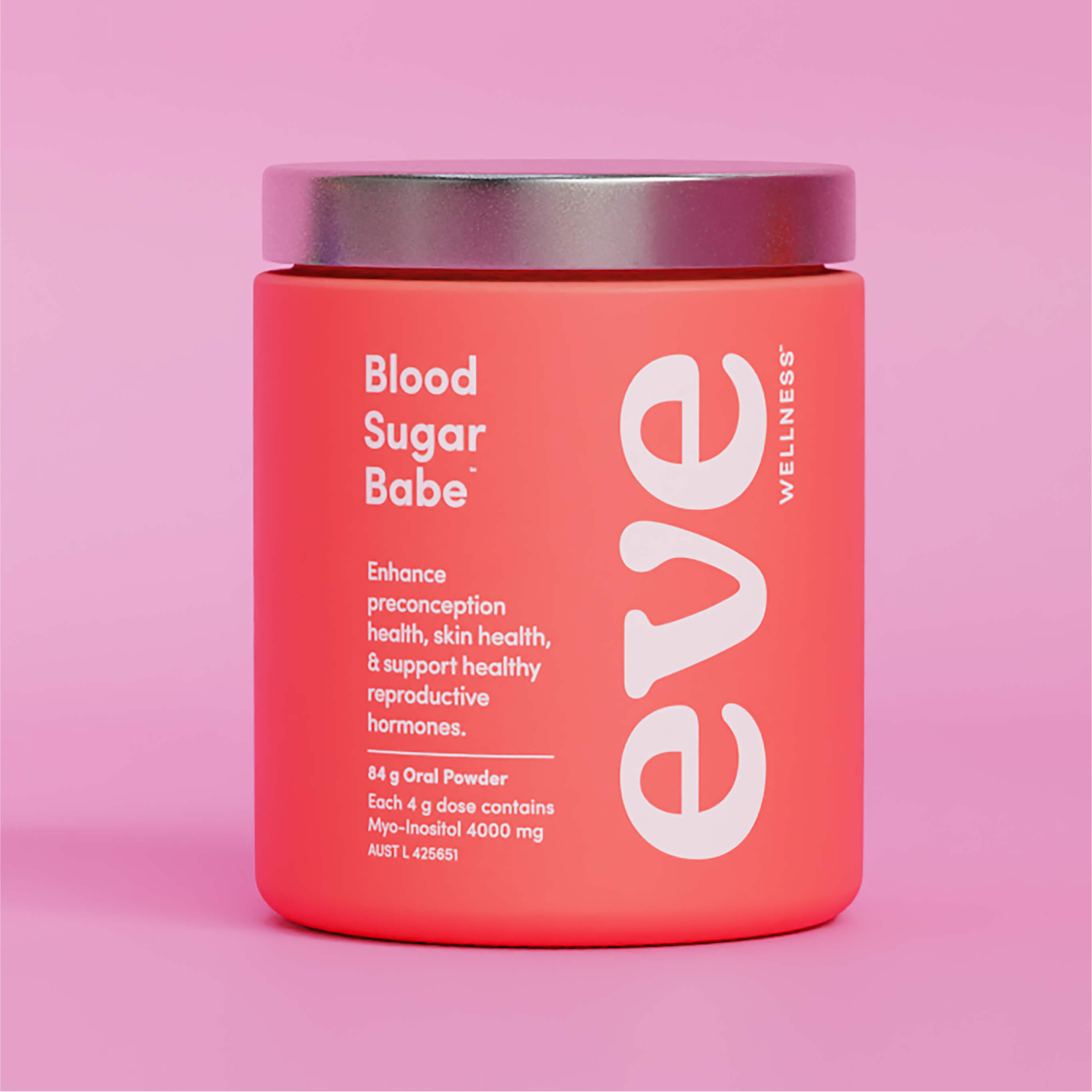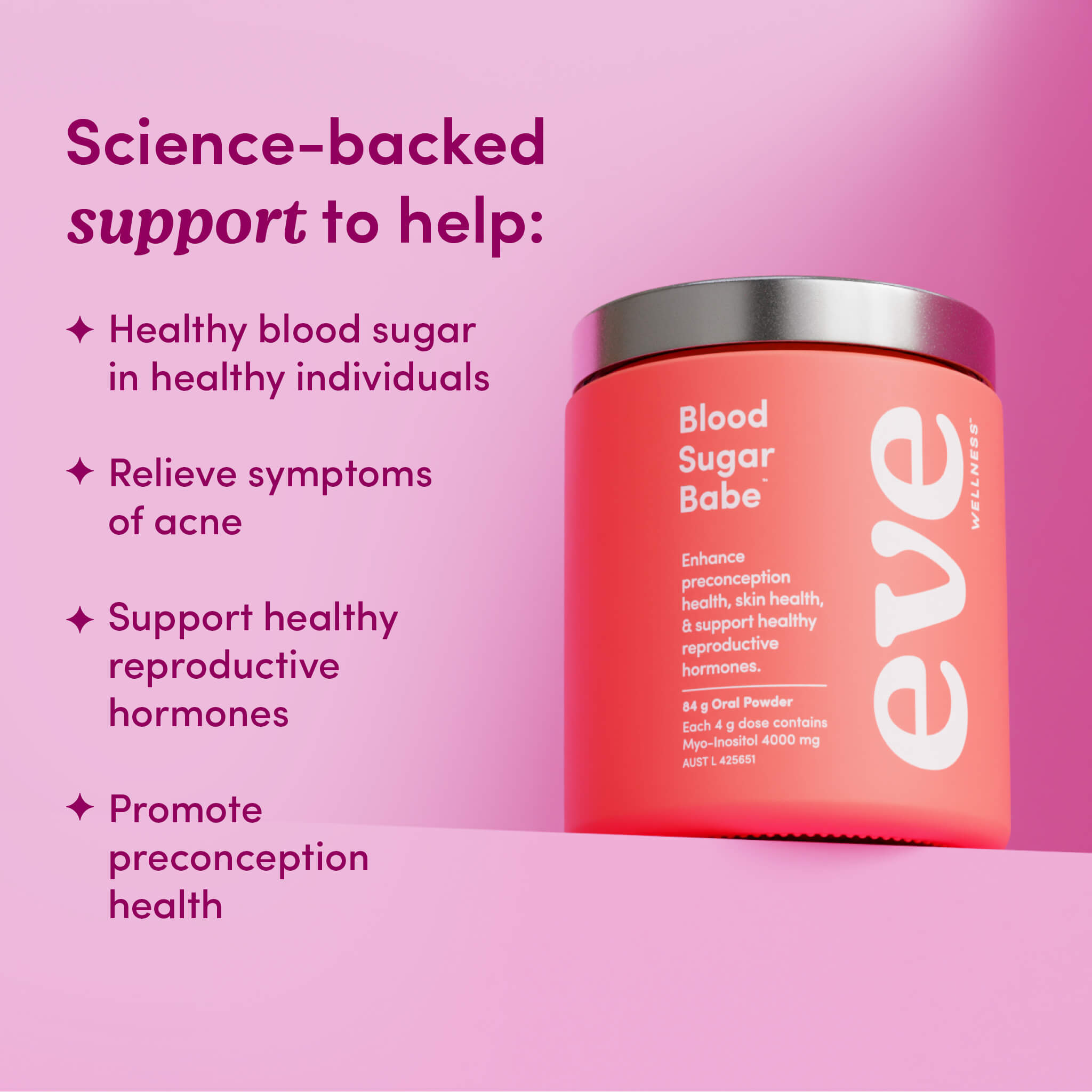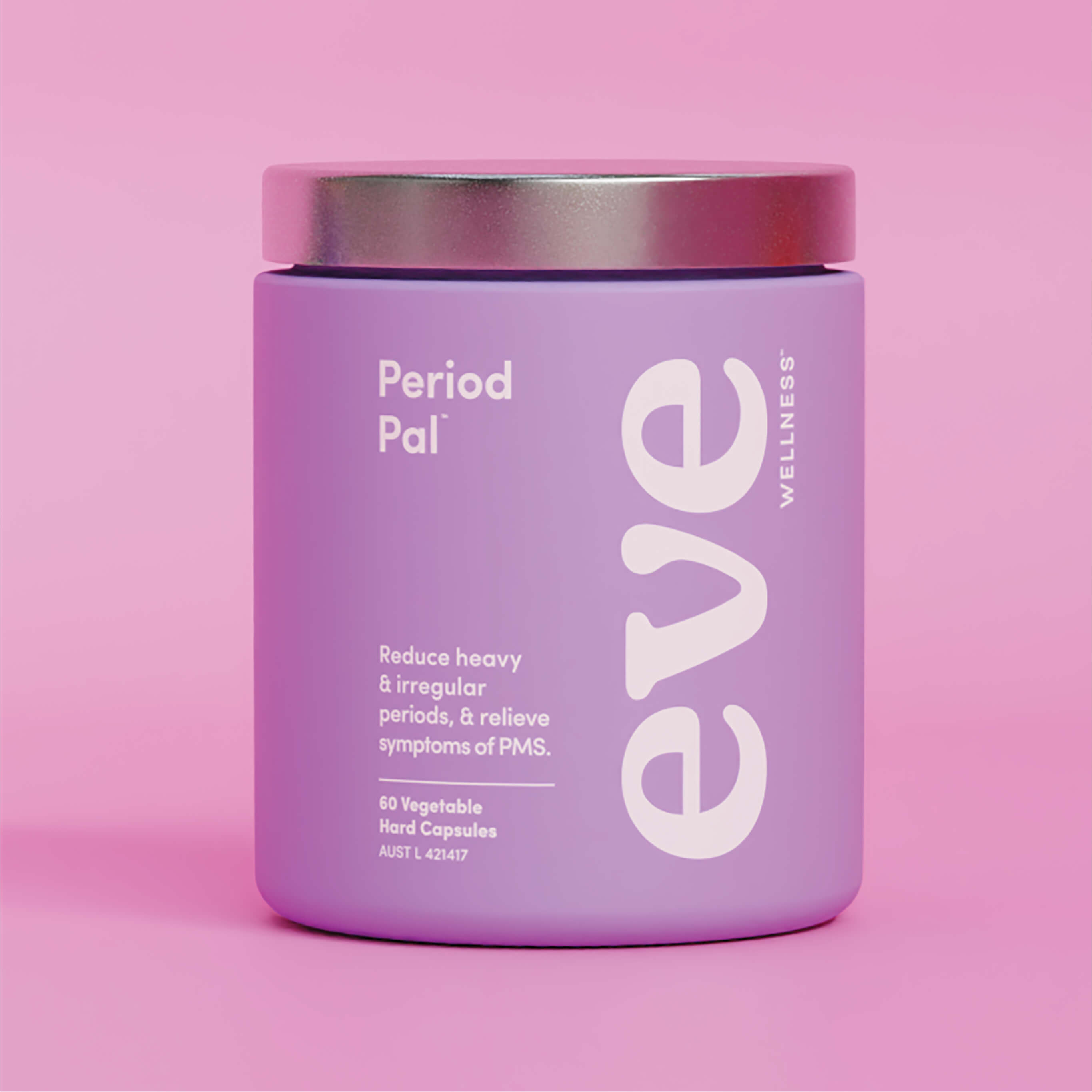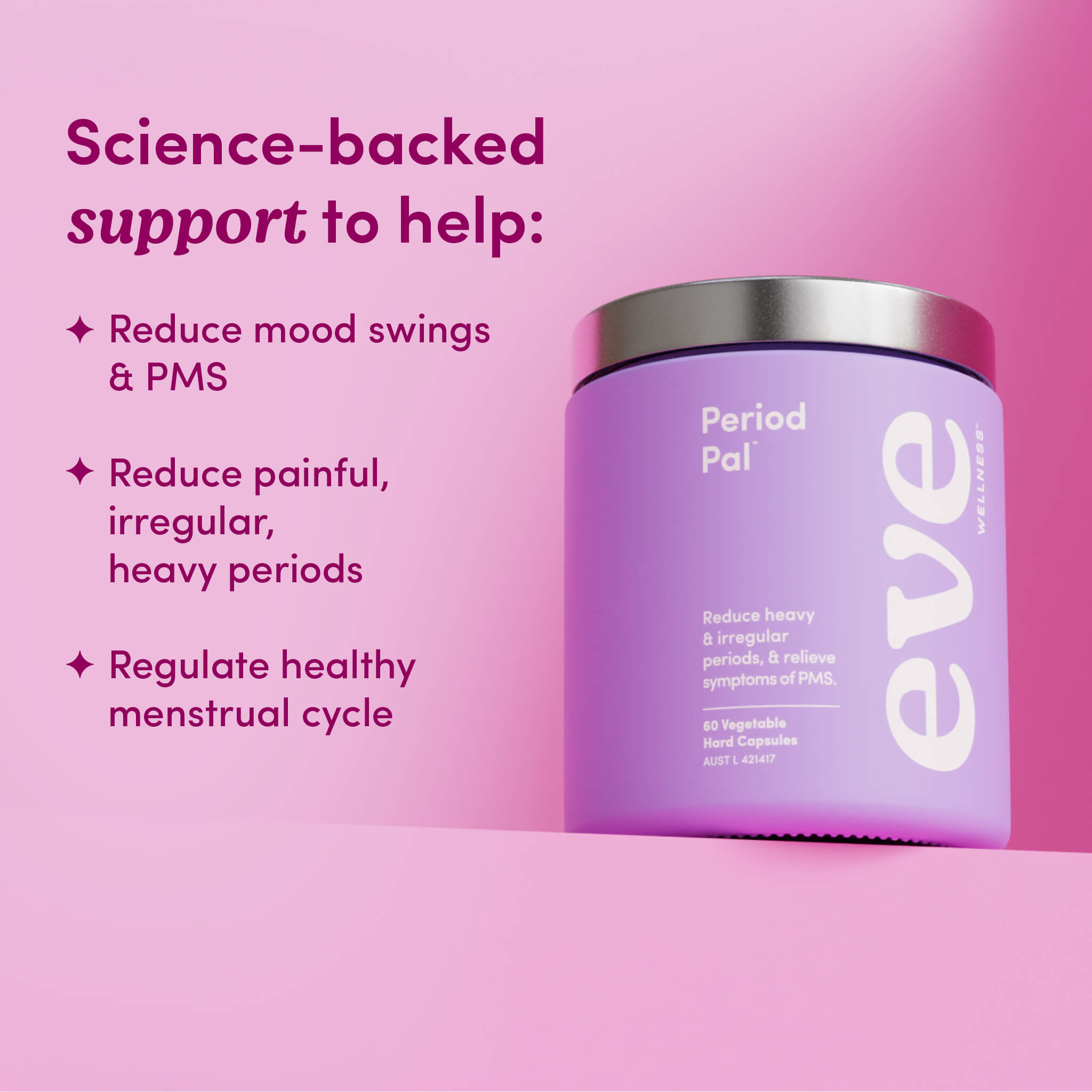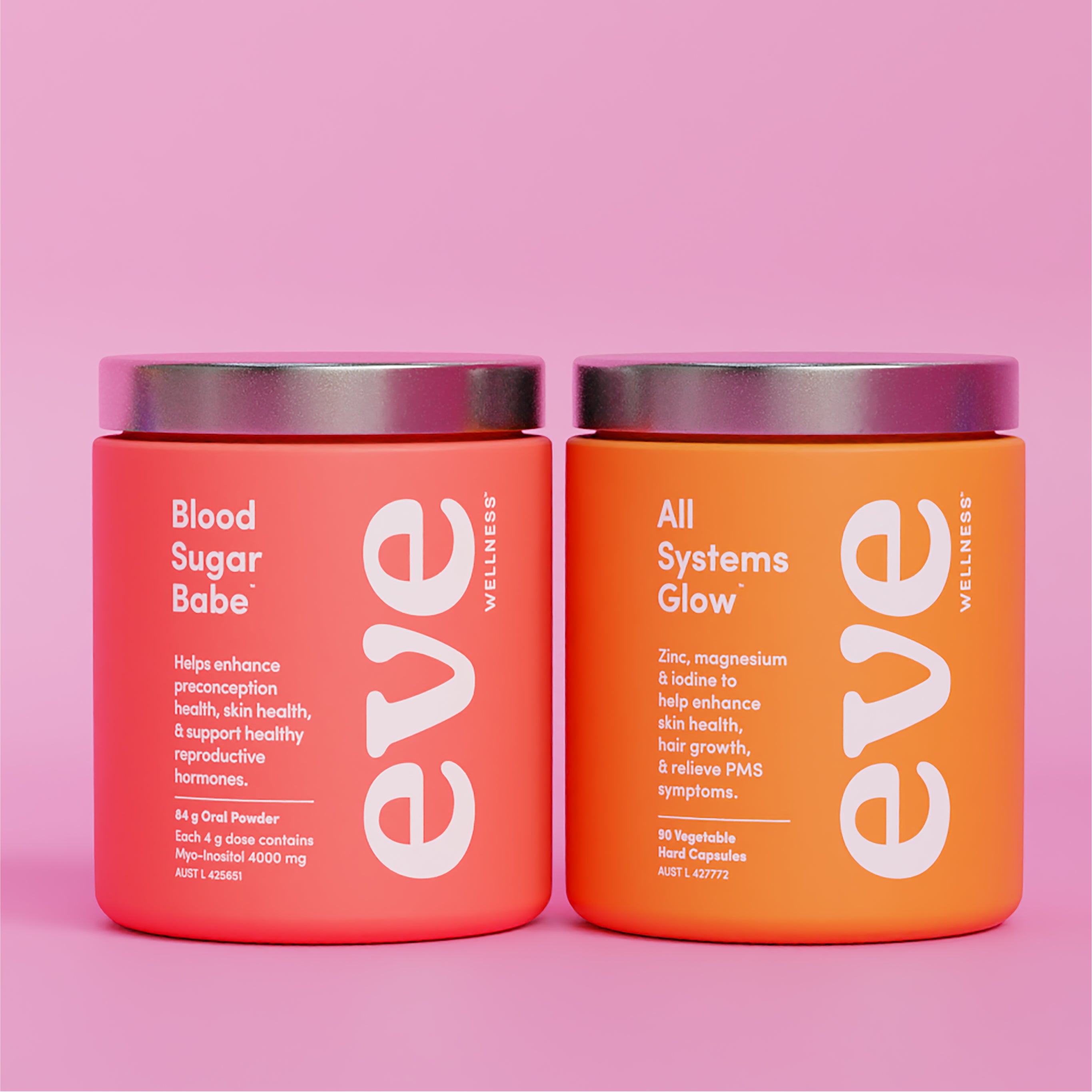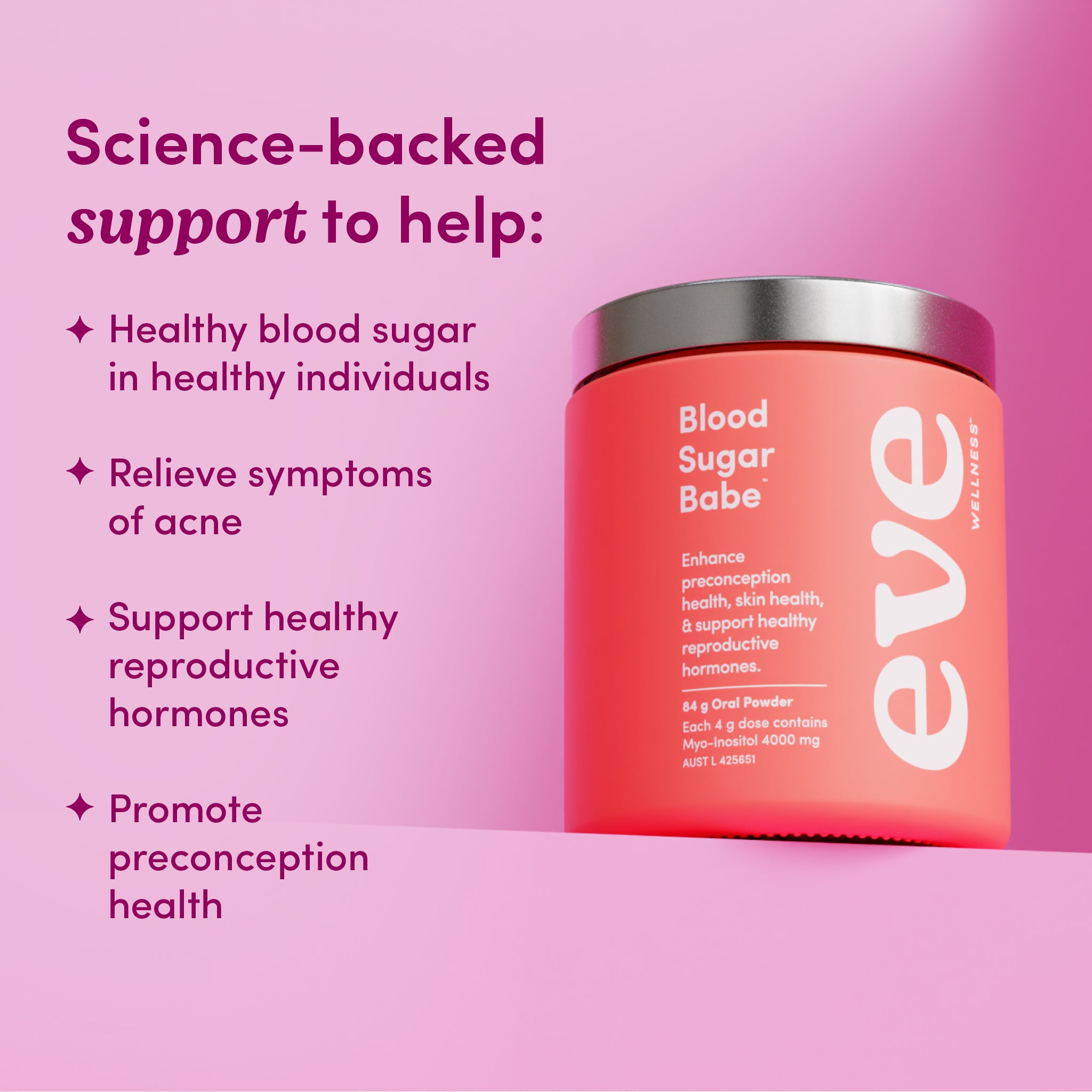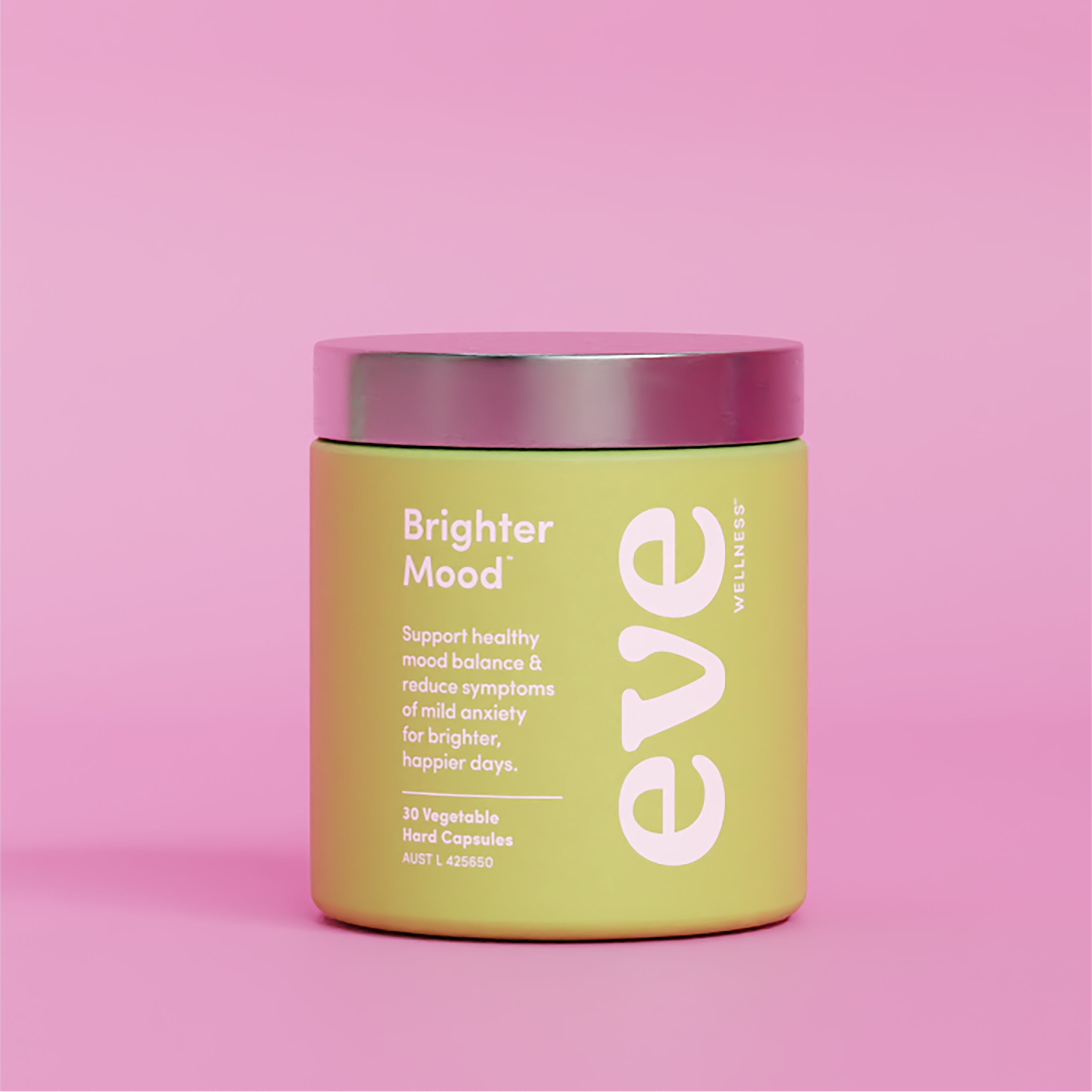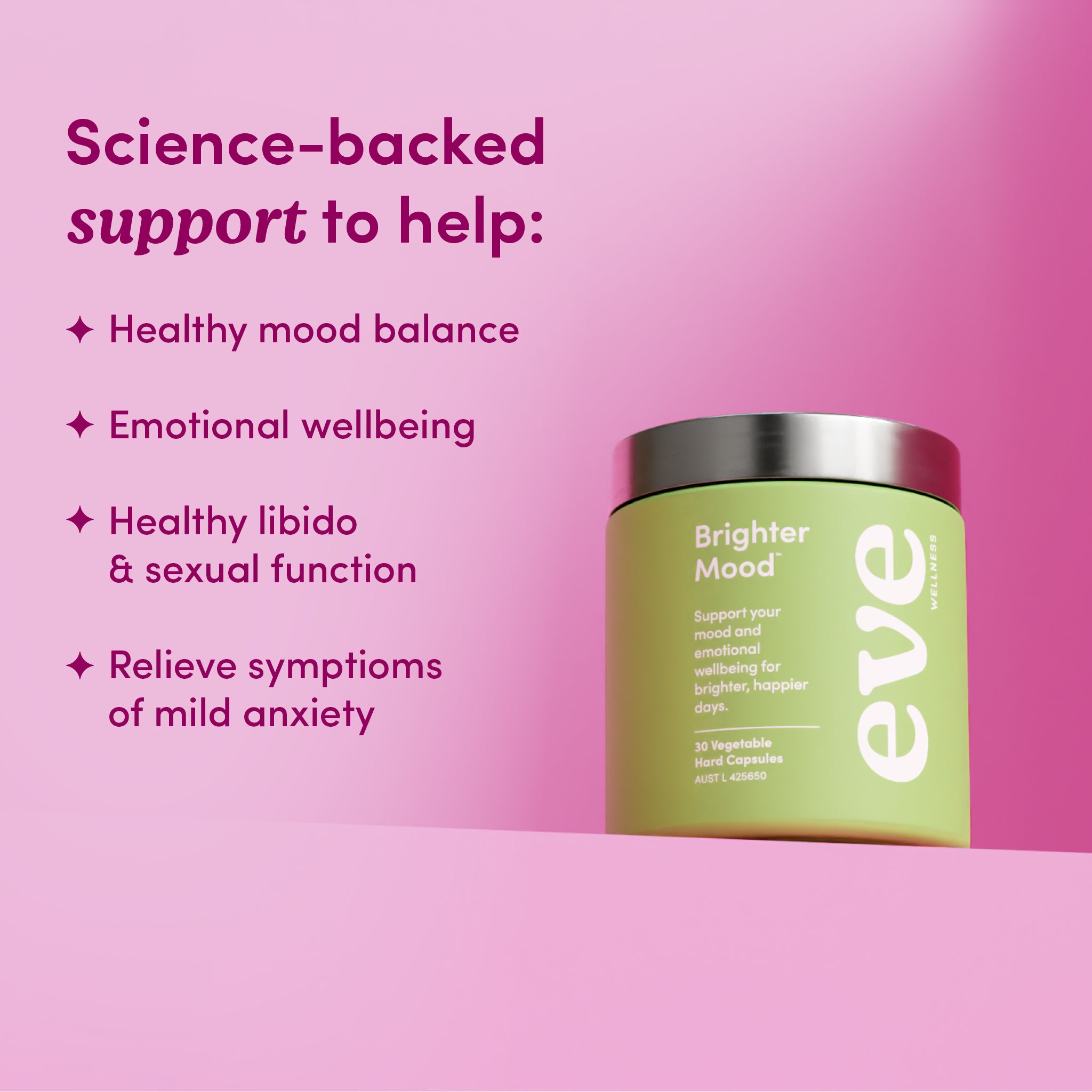Choosing contraception is such a personal journey, and let's face it, the options aren’t exactly endless.
Last week our beautiful Meg got the Mirena IUD and wanted to share what she wishes someone had told her before the day:
📏 Uterus Measurements: To ensure proper placement, they measure the depth of your uterus as accurate measurements help the IUD sit comfortably.
❤️ Cervix Considerations: If the cervix contracts, they might need to dilate it, which sounds intense but makes the process easier. Relaxing helps a lot—I’d recommend bringing a friend for support if you can.
🏥 Finding the Right Place: I went to Sexual Wellbeing NZ, where the experienced team made me feel at ease. Their knowledge and calm approach really helped.
👯♀️ Mirena vs. Copper IUD: I chose the Mirena (a hormonal IUD), which releases progestin to thin the uterine lining, often lightening or stopping periods. The copper IUD, a non-hormonal option, creates a sperm-toxic environment. Both last for years and offer strong protection, so it comes down to your personal preference.
⏪ The Reversible Factor: The IUD is entirely reversible. Fertility can return quickly after removal—some people conceive within a month!
🧸 Post-Procedure: I experienced intense cramping and muscle soreness afterward, making sleep difficult. Resting with a cozy wheat pack for cramps was a lifesaver. For the first few months, irregular bleeding is common as your body adjusts, but over time, periods often reduce or even stop.
👩⚕️ Check-In Reminders: If anything feels off—such as excess cramping or if you feel the IUD itself—contact your healthcare provider. They’ll do a follow-up to check positioning and make adjustments if needed.
💓 Helpful Tips: Go for comfy clothes (avoid tight jeans!) and consider taking a pain reliever like Nurofen beforehand. Eating something before the procedure can help too, as some people feel faint afterward.
Ultimately, an IUD can be a great choice for reliable, long-term contraception, and a bit of preparation can make all the difference.
Meg x
